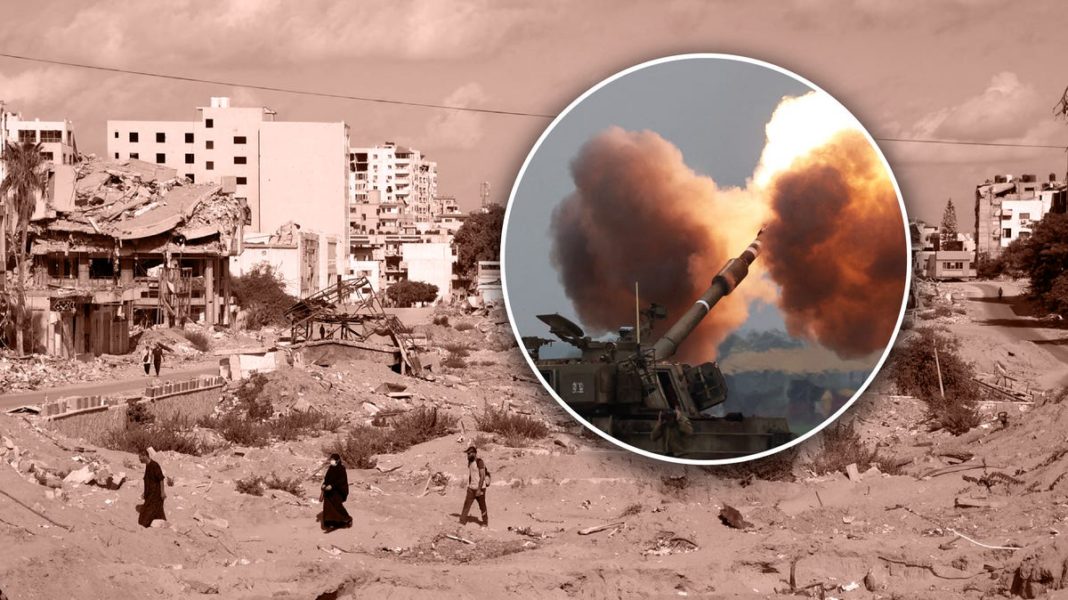One year after Hamas’s invasion of Israel on October 7: What are the potential implications for the Gaza war?
The Gaza conflict, which initiated with Hamas’s incursion into Israel—resulting in 1,200 deaths and 250 hostages—has escalated throughout the Middle East, bringing Israel closer to a conflict with Iran.
The unexpected and violent intrusion by Hamas into Israeli territory led to severe attacks on military bases, civilian areas, and a music festival near the Gaza border.
Israel responded promptly the following day, engaging in conflict not just with Hamas in Gaza but also with its allies, such as Hezbollah in Lebanon and Iranian forces, highlighting the escalating tensions in the region.
While casualty figures vary, the situation for Palestinian civilians in Gaza has been particularly dire. Reports indicate that at least 41,788 Palestinians have died and 96,794 have been wounded since October 7, according to the health ministry of the Palestinian enclave, as reported by Reuters.
Israeli military actions over the past year have reportedly resulted in nearly 2,000 deaths and displaced over 1.2 million people in Lebanon, as per Lebanese official statistics.
YSL News has been reporting on the Gaza war since its onset, and here’s a summary of key events.
Event Timeline
2023
- Oct. 7: Hamas invades Israel, resulting in 1,200 fatalities and 250 hostages taken.
- Oct. 8: Israel begins military action in the Gaza Strip.
- Nov. 24: The first cease-fire is instituted.
- Nov. 30: Cease-fire concludes.
2024
- Jan. 2: An Israeli airstrike in Beirut kills Saleh al-Arouri, the deputy leader of Hamas.
- April 1: Israel conducts an airstrike on the Iranian consulate in Damascus, Syria, resulting in the death of two Iranian generals.
- April 13: Iran responds by launching a missile strike against Israel and the Golan Heights.
- May 5: A Hamas rocket assault results in the deaths of three Israeli soldiers near Rafah in southern Gaza.
- July 27: Hezbollah carries out the Majdal Shams attack, killing 12 children during a soccer game in the Golan Heights.
- July 30: An Israeli airstrike near Beirut kills Hezbollah commander Fuad Shukr, an Iranian military consultant, along with five civilians.
- July 31: An explosion in Tehran claims the life of Ismail Haniyeh, a prominent Hamas leader. Iran and Hamas accuse Israel of involvement.
- Aug. 17: Israel conducts an air raid on a warehouse in southern Lebanon, resulting in 10 fatalities.
- Aug. 25: Israeli air force jets strike southern Lebanon while Hezbollah retaliates by launching hundreds of rockets into northern Israel.
- Sept. 18: Explosions from booby-trapped devices belonging to Hezbollah occur.
Profile of the devices used by militant group Hezbollah
- Sept. 20: An Israeli airstrike in Beirut kills Ibrahim Agil, a high-ranking Hezbollah commander.
- Sept. 25: The U.S. and EU nations call for a 21-day cease-fire along the Israel-Lebanon border.
- Sept. 27: Israeli airstrikes result in the death of Hassan Nasrallah, Hezbollah’s leader.
- Sept. 30: Israeli ground forces initiate an invasion of southern Lebanon, targeting Hezbollah positions.
- Oct. 1: Iran launches at least 180 ballistic missiles at Israel.

